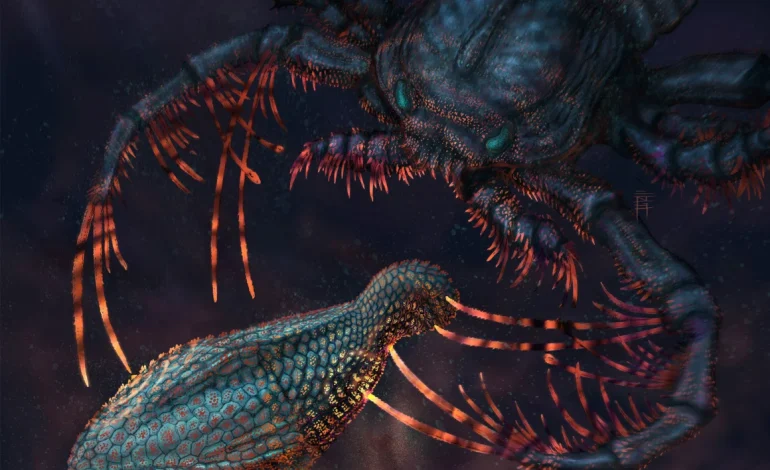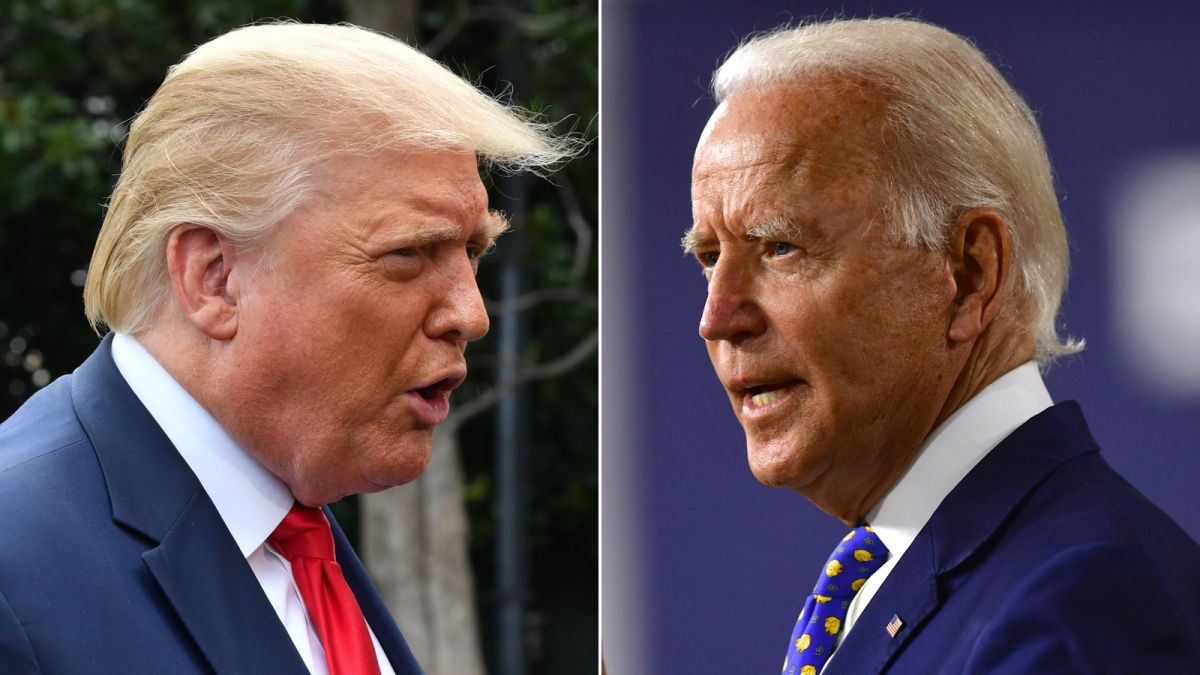A recent study offers new insights into the origins of teeth, proposing that the sensitive interior layer of human teeth may have evolved from sensory structures found on the armored skin of ancient fish living about 465 million years ago.
While teeth are well-known for their hard, enamel-covered exterior, it is dentine—the inner layer that transmits sensory information like pressure, temperature, and pain—that plays a crucial role in how teeth function. Researchers have long debated how teeth first evolved, and one hypothesis was that they originated from bumps on the protective exoskeletons of ancient jawless fish. These bumps, called odontodes, had an unclear role until now.
Using advanced 3D imaging technology to scan fossils, scientists discovered that these odontodes contained dentine, suggesting that they served a sensory purpose. This allowed ancient fish to detect environmental changes, such as pressure from contact or variations in water temperature. The findings were published May 21 in the journal Nature.
Lead author Dr. Yara Haridy of the University of Chicago explained that these dentine-filled bumps may have functioned like sensory organs, helping the fish respond to their surroundings. The study also revealed similarities between these odontodes and structures called sensilla, sensory organs found on the shells of modern crustaceans like crabs and shrimp. Sensilla and odontodes evolved independently in different animal groups—a phenomenon known as evolutionary convergence.
The study further clarified the classification of a fossil species called Anatolepis, previously thought to be an early fish. Detailed scans showed that Anatolepis was actually an arthropod, more closely related to invertebrates like crabs. This correction helps refine the understanding of early vertebrate evolution.
Fossils of ancient jawless fish such as Eriptychius and Astraspis confirmed the presence of dentine-containing odontodes. These fish, living during the Ordovician period roughly 485 to 444 million years ago, inhabited seas shared with large predators like giant cephalopods and sea scorpions. The sensory bumps on their armor likely played a vital role in detecting predators and navigating their environment.
Modern fish, including sharks and some catfish, retain small tooth-like structures called denticles on their skin, which share similarities with ancient odontodes. Haridy’s research showed that these denticles are connected to nerves, further supporting the idea that early teeth and skin structures were sensory in function before becoming adapted for feeding.
The study suggests that genetic mechanisms responsible for forming odontodes in armored fish may have been repurposed over time to develop teeth inside the mouth, especially as jaws evolved. This evolutionary pathway highlights how structures initially serving one purpose—such as sensing the environment—can be adapted for new functions like feeding.
Experts not involved in the study praised the use of modern imaging to clarify longstanding questions about early vertebrates and the origins of hard tissues like dentine. The findings also challenge the assumption that teeth and scales primarily evolved for protection or feeding, proposing instead that sensory functions were key drivers in their development.










The latest news in your social feeds
Subscribe to our social media platforms to stay tuned